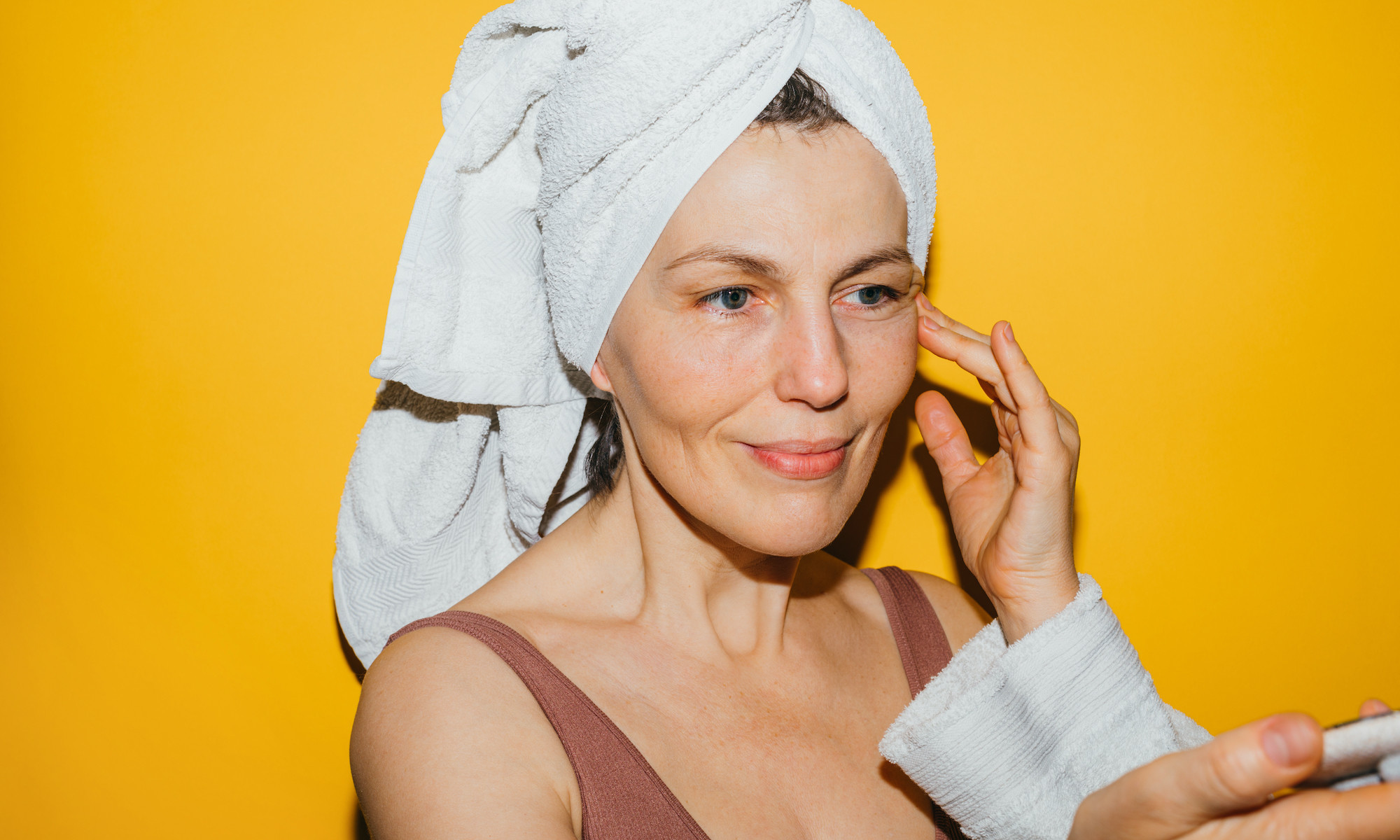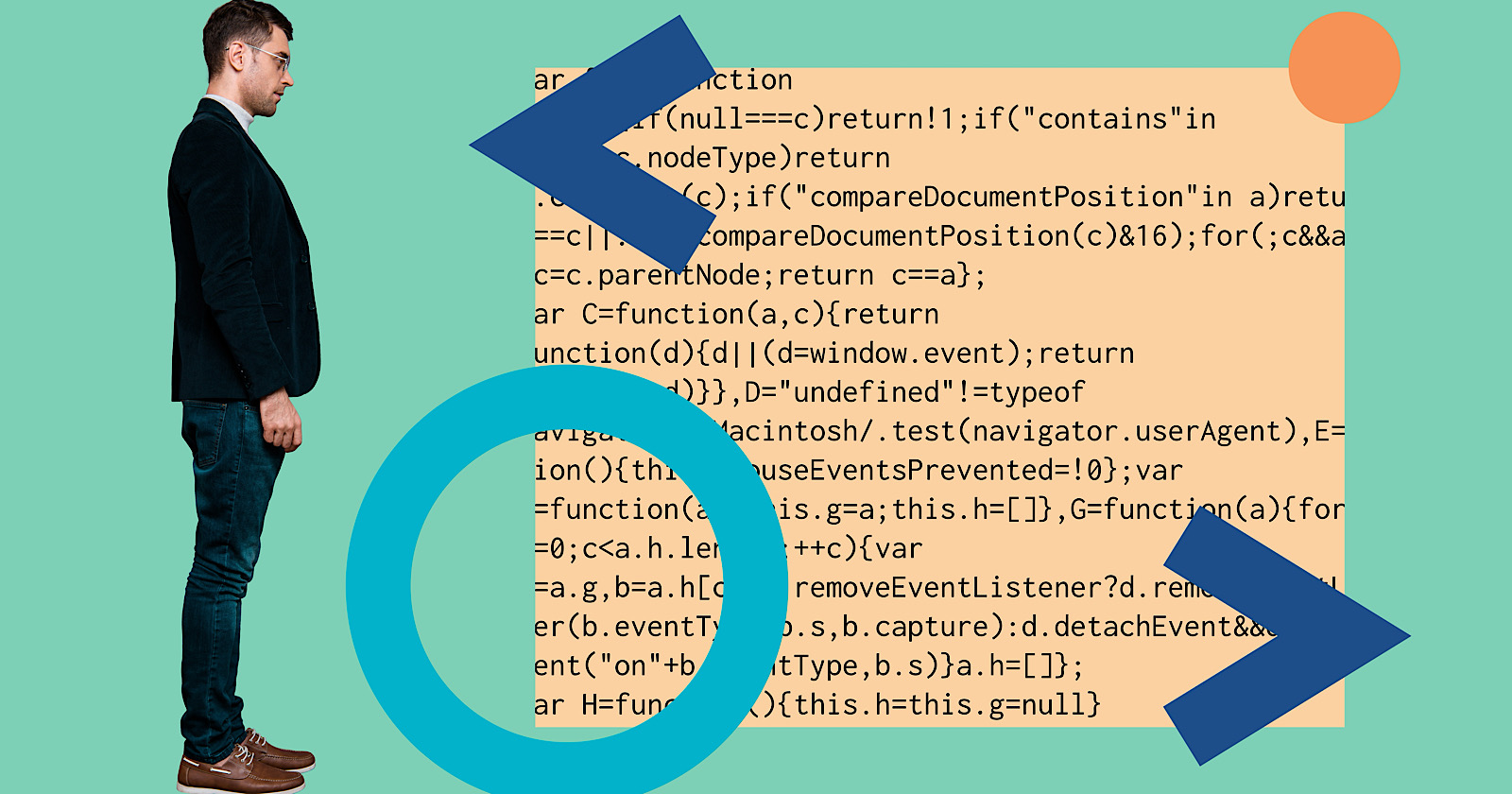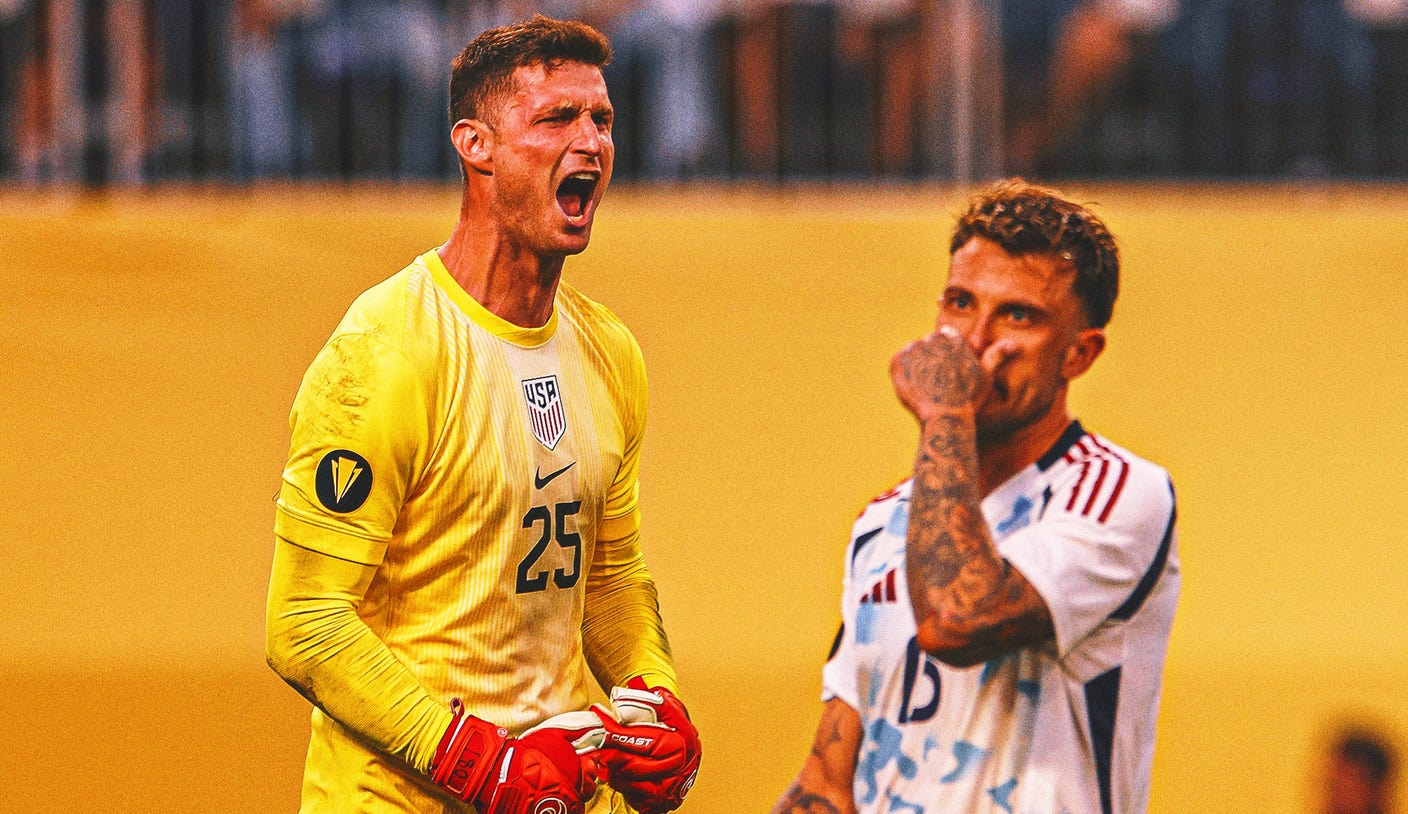Roborock S7 MaxV Ultra review: this bot cleans its own bottom
A robot vacuum cleaner that can look after itself, for a hefty price Continue reading…

If you buy something from a Verge link, Vox Media may earn a commission. See our ethics statement.
I’m going to start out by saying you do not need the Roborock S7 MaxV Ultra. But you are going to want it. No one really needs a $1,400 robot that cleans and mops their floors; humans have been doing this basic chore for centuries with no problems. But, put it this way: if the wicked stepmother had one of these gadgets, Cinderella would have been a completely different story.
The $1,399.99 S7 MaxV Ultra stands out from the competition for four main reasons. Alongside being a stellar vacuum robot, it can mop very well, thanks to a sonic action that scrubs the floor. It is also good at avoiding random junk on the floor (yes, including dog poop), and it will lift its mop pad up when it goes over carpet or rugs, so your Afghan won’t get wet. Finally, it not only empties its own bin but can refill its own water tank and clean the mopping pad, promising almost two months of hands-free operation.
First announced at CES 2022 and due to be released April 8th, the S7 MaxV is Roborock’s newest flagship robot cleaner. It surpasses the excellent S7 by adding obstacle avoidance technology to make sure it gets the job done (and not get hung up on a random iPhone cable). Essentially a combination of the S7 and the S6 MaxV (which has obstacle avoidance), the S7 MaxV adds an improved object recognition tech Roborock calls “ReactiveAI 2.0 Obstacle Avoidance System.”
The S7 MaxV costs $859.99 for the robot alone or $1,399.99 for the S7 MaxV Ultra package. The Ultra moniker adds the innovative and descriptively named Empty Wash Fill dock, slated for release on May 2nd. The S7 MaxV also works with Roborock’s existing Auto Empty Dock for a combined price of $1,159.99. Each dock can be bought separately; $599.99 for the Empty Wash Fill Dock and $299.99 for the Auto-Empty Dock.
The S7 MaxV ably avoids shoes, cables, and yes, dog poop.
The obstacle avoidance technology, which uses an onboard camera, light, and an AI chip, also adds the capability for the robot to identify furniture — so you can do a quick clean around the dining room table, for example.
Plus, with a livestreaming camera onboard, you have an on-demand home surveillance option with two-way talk built-in, should you want it. It’s an optional feature, not on by default, and is livestream only — there’s no recording. There are also various safeguards in place to turn on the monitoring and while in use — including loudly announcing the fact that “remote viewing” is enabled as it trundles around.
:no_upscale()/cdn.vox-cdn.com/uploads/chorus_asset/file/23289974/jtuohy_220224_5047_0010_straightened.jpg) The S7 MaxV is a hybrid robot vacuum and mop that, surprisingly, does both jobs well.
The S7 MaxV is a hybrid robot vacuum and mop that, surprisingly, does both jobs well.
The S7 MaxV packs 5100pa of suction power, close to double that of the S7. It has a 400 ml dust bin and a 200 ml water tank (smaller than the S7), but if you get it with the Empty Wash Fill dock, those sizes don’t matter as much. A 5,200mAh battery delivers around three hours of runtime, depending on which settings you use, and it will take about six hours to charge up fully.
The Empty Wash Fill dock takes care of almost all the dirty work for you, although while Roborock says it can go 60 days without attendance, I managed to drain the fresh water tank in seven days of use. Based on the smell in the dirty water tank by that point, I would highly recommend cleaning this out regularly. The other frequent maintenance you’ll need to do is cleaning out the mop rinsing area in the base of the dock — it got nasty in there quickly. While this is a lot less fuss than you find with most robot/mop vacuums, it means this is almost autonomous, not fully autonomous.
The S7 MaxV Ultra cleans its mops and refills its water tank (if necessary) every 20 minutes. It reverses into the dock and a scrub brush runs back and forth. It’s a noisy process that lasts about 3 minutes.
As something of a smart home design evangelist, I have to call this thing out for being just plain ugly. Don’t get me wrong — there’s some great functional design here, it’s easy to remove the water tanks to fill and clean, and the dust bag compartment is much more accessible than on the Auto-Empty dock. But this is a big, hulking hunk of black plastic that you are going to have a hard time finding a spot for where it doesn’t stick out like a sore thumb.
Competitor iRobot has put a lot of thought into making its newest smart base for the Roomba j7 Plus a better fit for the modern home, and the Ecovacs Deebot X1 Omni, which has similar empty, wash, fill features, also has a much sleeker look. And, while I appreciate the touch of faux carbon fiber on the robot itself that gives this high-end robot a slightly more high-end look, the red racing stripes on the sides are a big no-no.
A low-profile lidar sensor sticks out from the top of the bot, making it 3.8 inches tall, still low enough to get under most furniture. It’s quite wide at just under 14 inches, but thanks to its nimble movement, it navigated around all my various sized chairs with no issues, getting in between them to clean without ever knocking one over (a frequent problem with Roomba robots I’ve tested).
The S7 MaxV has a small valve in the back of its water tank that lines up with a small nub in the base to fill it with water. A level inside the water tank tells the robot when it’s getting low and needs to go back for a refill.
The brush and wheel system is the same as on the S7, with big chunky wheels and a smallish rubber brush with soft and hard flaps. The hard flaps are for more effective cleaning on hardwood floors, and the soft flaps with nubs on supposedly get more traction on carpets. As with the S7, however, the robot vacuum isn’t great at getting much more than superficial dirt up off a carpet.
For carpet, my current top-of-the-line recommendation is the $1,000 Roomba S9 Plus, which is iRobot’s suckiest model and comes with an auto-empty base. However, it doesn’t have object avoidance.
I’ve had the S7 MaxV Ultra cleaning my house for almost two weeks now, and my floors have never been cleaner. It really does what it says on the box. I also have barely had to lift a finger other than to refill the water tank once and wash out the mop cleaner a couple of times.
I did have one instance where the brush got tangled — the AI had failed to spot a disposable mask, which the brush sucked up. It also doesn’t love the extra-large tassels on my living room rug. However, unlike every other bot I’ve tested, it didn’t leave them wrapped around its brush; instead, after shuffling around them for a few seconds, it stopped and asked for help before eating my rug, which I appreciated.
:no_upscale()/cdn.vox-cdn.com/uploads/chorus_asset/file/23289765/IMG_2051.jpg) The S7 MaxV did not like my large rug tassels.
The S7 MaxV did not like my large rug tassels.
The S7 MaxV can also tackle thresholds between rooms ably; it raises its mop as it barrels at them, thereby avoiding getting its rear stuck, which many mop / vac hybrids I’ve tested do. Basically, there is nothing that will stop this bot — other than large rug tassels.
Roborock says the S7 MaxV can detect, identify, and avoid a range of objects, including bathroom scales, shoes, and power strips (plus dog poop). In testing, this held up, and while it got a little closer to my fake poop than I would have liked, it didn’t run it over. In the app, the map shows icons and pictures of the objects it avoided, but it doesn’t have the ability to go back and do a spot clean once you’ve removed them, as Roomba’s j7 does.
The new Empty Wash Fill dock works very well, much better than the company’s first attempt, the Auto Empty dock — which just empties the bin and which I had issues with clogging. The S7 MaxV works with both docks if you aren’t as interested in the mopping feature and want to save around $150. In testing, the newer dock didn’t clog once, as the debris takes a much more direct path, and the mop refill system worked without any issues.
While I’ve mentioned the stinky water issue, I was pleasantly surprised at how well the mop pad dries, as it’s lifted up while charging. I still recommend throwing it in the washing machine every time you empty the dirty water tank.
As with the S7, the sonic mopping is very good, tackling light spills on the floor (I tested with milk and juice) rather than just smearing them around. But it's not a substitute for a deep clean. I do like that the mop lifts up 5mm when it detects carpet, so there’s no need to keep removing and replacing the pad based on which rooms you want to clean. Plus, the robot can intelligently decide how to clean each room based on floor type. It uses an ultrasonic sound sensor to detect if it’s cleaning hardwood, tile, or carpet. It wasn’t easy to see how it was adapting to this in testing, but you can also go into the map in the app and tell it what type of floor is in each room.
:no_upscale()/cdn.vox-cdn.com/uploads/chorus_asset/file/23277465/jtuohy_220224_5047_0015.jpg) The Empty Wash Fill dock cleans the mop with a small roller brush and a filter to catch the gunk. Both of which need to be removed and cleaned periodically.
The Empty Wash Fill dock cleans the mop with a small roller brush and a filter to catch the gunk. Both of which need to be removed and cleaned periodically.
The one thing that took a bit of getting used to and prolonged the time it took to clean was that the robot goes back to base every 20 minutes to wash its mop. This process is quite loud and takes two or three minutes to complete as the little brush in the base runs back and forth across the mop and gives it a scrub. You can change the default cleaning time in the app, but the advantage of these frequent return trips is a more effective mop. You can also tell if to clean the mop on demand in the app.
One feature I love about Roborocks over other high-end robots such as Roombas is that you can customize cleaning in each room. So, it can just vacuum in one room, vacuum and mop in another, and change the intensity of each action on a room-by-room basis. While I can see why Roomba’s approach of one-suction-fits-all makes sense if you want consistently clean floors, being able to customize has its benefits, especially if you want to vacuum the hallway in front of a sleeping baby’s room. At its lowest vacuum setting, the S7 MaxV was very quiet.
:no_upscale()/cdn.vox-cdn.com/uploads/chorus_asset/file/23289610/roborock_screenshots.jpg) The Roborock app has many settings to dive into. It live tracks the vacuum on the map and after a clean icons show what obstacles it encountered. You can also view live video through the robot.
The Roborock app has many settings to dive into. It live tracks the vacuum on the map and after a clean icons show what obstacles it encountered. You can also view live video through the robot.
Speaking of customization, the Roborock app has a myriad of options for dialing in how you want the robot to clean, plus setting keep-out zones and schedules. You can link the bot to voice control options (including Amazon’s Alexa, Google Assistant, and Apple’s Siri through Shortcuts) and even direct it to clean specific rooms with your voice. You can also set up to four maps for multiple floors, and the robot will recognize which floor it’s on and choose the right map it’s on — which worked reliably in testing.
Instead of the Clean Zones the Roomba j7 lets you create, the Roborock app lets you identify furniture and send the robot to go clean around the coffee table. It’s a similar concept — but Roomba’s approach is more specific. A Pin and Go feature lets you select a spot on the map in the app and send it to do a spot clean. There’s also a spot clean button on the vacuum.
You can also control the robot remotely and — as I’ve mentioned — watch a live view of your home through the robot’s camera. I always wondered what underneath my sofa looked like, and now I know. The two-way talk feature wasn’t particularly useful for me as I am always home, but the audio was clear and I had no issues talking back and forth. As with the Samsung Jet Bot AI Plus that has the same feature, it’s a more useful way to check in on pets and talk to them than a stationary security camera, as you can remotely move the robot around to find Fido.
:no_upscale()/cdn.vox-cdn.com/uploads/chorus_asset/file/23277463/jtuohy_220224_5047_0013.jpg) The S7 MaxV cleans the perimeter first and then uses a horizontal pattern inside the room.
The S7 MaxV cleans the perimeter first and then uses a horizontal pattern inside the room.
If you’re in the market for a high-end robot vac that can also mop, this is an excellent option. If you don’t need your floors squeaky clean, too, there are good models for less money that just vacuum and include intelligent obstacle avoidance and auto-emptying, such as Roomba’s j7 Plus for $850.
If you tend to have clutter-free floors and don’t want to mop very often, save some cash and go for the S7 Plus for $950. But if you want a bot you can set and largely forget about for a couple of months while it keeps your floors clean, the S7 MaxV Ultra will get the job done.
Personally, I still prefer separate bots for mopping and cleaning, however. The combo Roomba J7 Plus and Braava Jet M6 are $100 less than the S7 MaxV Ultra and a great solution that may fit into your home’s decor more easily than the Roborock’s giant dock. While you have to refill the M6’s tank manually and clean its bottom, the tank holds more than double that of the S7 MaxV, you can add any floor cleaner you like to it, plus it can also sweep.
The S7 MaxV Ultra is the first of a new breed of more autonomous home cleaning robots. Ecovacs’ upcoming $1,549 Deebot X1 OMNI has similar features for an even higher price tag. Where this evolution will go — and whether it will ever result in a genuine Rosie the Robot replica (the house cleaning bot from The Jetsons cartoon) is going to be fascinating to watch. Innovation is moving at a rapid pace in this space, and while I’d like to think a stair climbing / cleaning robot is next, my worry is that manufacturers are more than happy with selling you a robot for each floor.
Photos by Jennifer Pattison Tuohy / The Verge

 ShanonG
ShanonG 
































